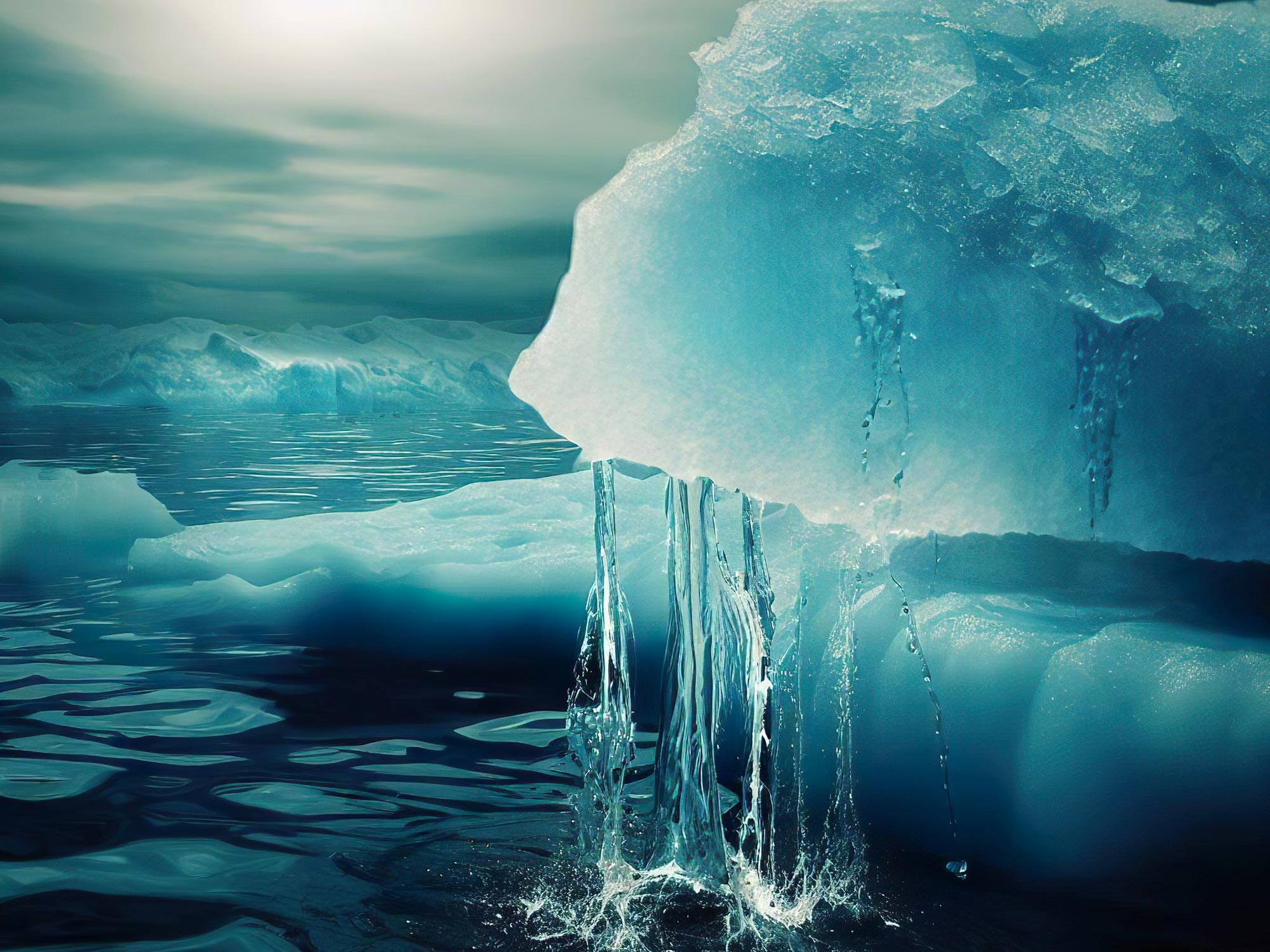
Il ghiaccio polare si sta già sciogliendo, un processo non solo legato allo scioglimento in sé, ma anche all’equilibrio tra precipitazioni nevose e scioglimento delle nevi. I laser della NASA monitorano gli spessori del ghiaccio in Antartide e Groenlandia, localizzando dove le calotte glaciali si stanno assottigliando e perdendo massa più rapidamente nell’oceano. A partire da ora, lo scioglimento dei ghiacci polari è il principale contributo all’innalzamento del livello del mare, il che ha spinto gli scienziati a studiare costantemente la relazione tra le calotte glaciali e il livello del mare.
Il ghiaccio polare si sta sciogliendo?
La risposta semplice e diretta è sì. In realtà si scioglie. Ma è un po’ più complicato di così. Puoi pensare alle calotte glaciali o all’Antartide e alla Groenlandia come a una vasca piena d’acqua. E vogliamo sapere quanto va in quella vasca e quanto ne esce.
Quindi, ad esempio, la neve che cade sulla calotta glaciale è come aprire un rubinetto. Apri il rubinetto, si riempie d’acqua, poi si scioglie quando fa caldo o un ambiente caldo, apre lo scarico e fa uscire l’acqua. Quindi non si tratta solo di sciogliersi. Ha anche a che fare con quanta neve cade e quale equilibrio c’è.
Il ghiaccio polare si sta sciogliendo? La risposta realistica è sì, ed è il contributo numero uno all’innalzamento del livello del mare.[{” attribute=””>NASA scientist Dr. Brooke Medley tells us how NASA studies the relationship between ice sheets and sea level to better understand our changing planet. Credit: NASA
At NASA, we are able to monitor both Antarctica and Greenland really easily from space. And we have satellite lasers that actually measure the thickness of the ice through time. And so we can actually monitor where the ice sheets are thinning and most rapidly losing mass into the ocean.
So, is polar ice melting? The answer is yes. And at present it is the number one contributor to sea level rise. And that’s why NASA has scientists like myself studying the relationship between ice sheets and sea level every day.
We Asked a NASA Expert Video Series

“Giocatore. Aspirante evangelista della birra. Professionista della cultura pop. Amante dei viaggi. Sostenitore dei social media.”
